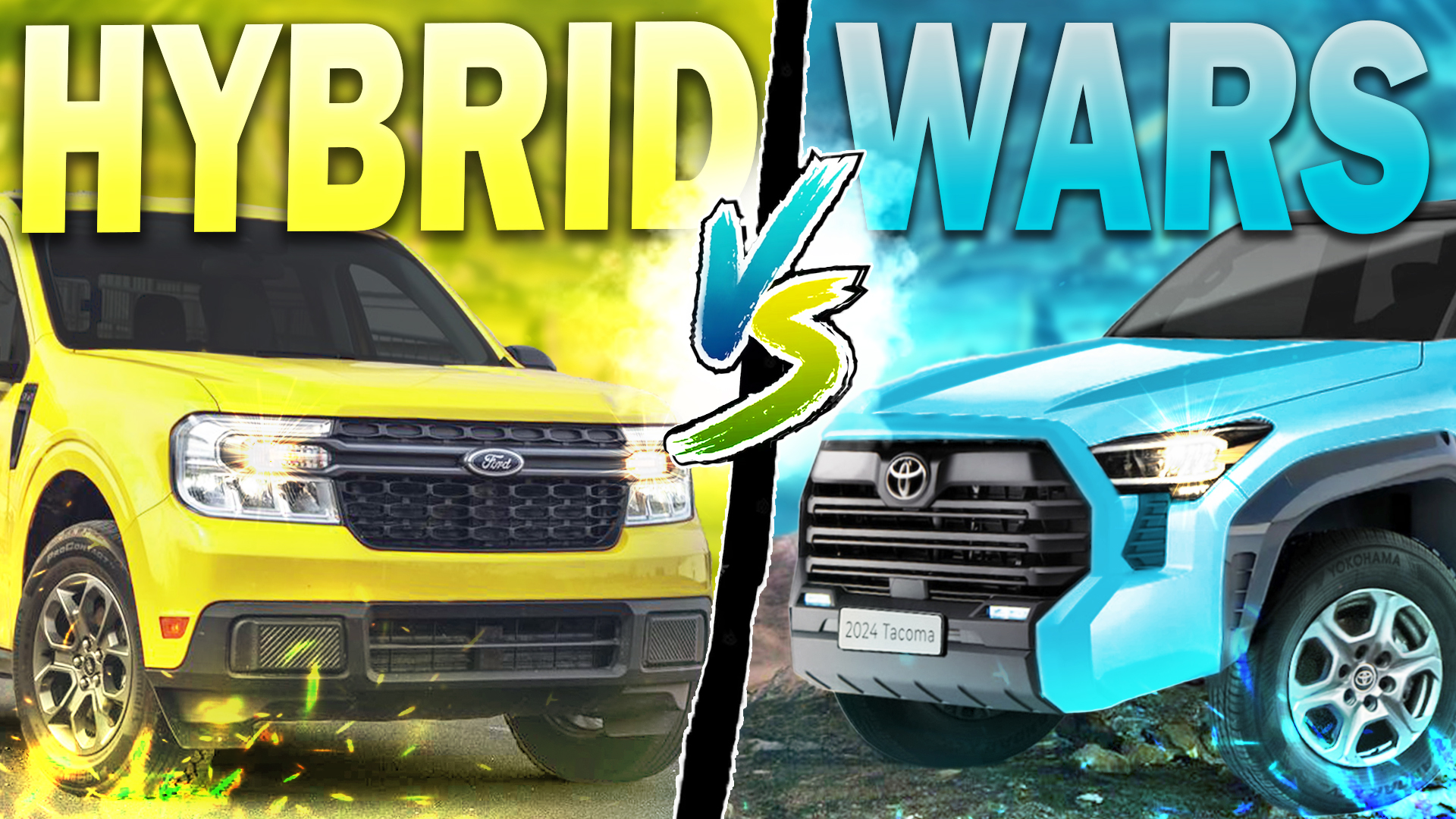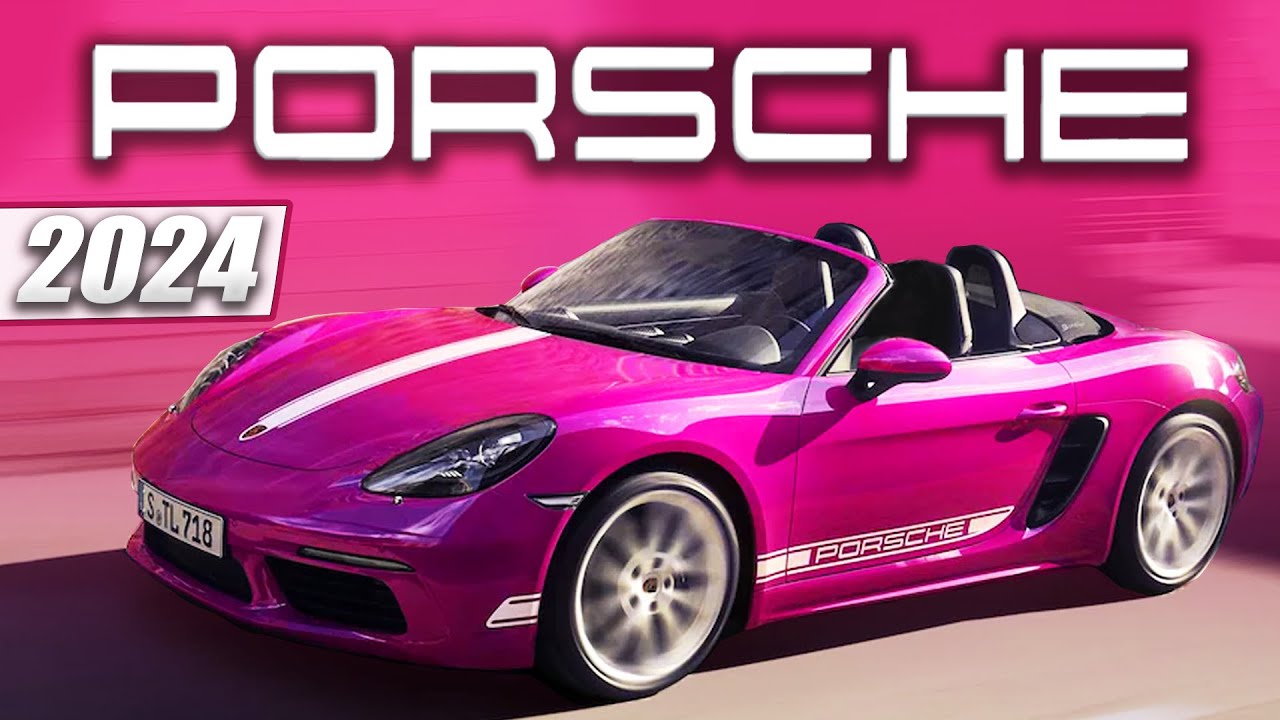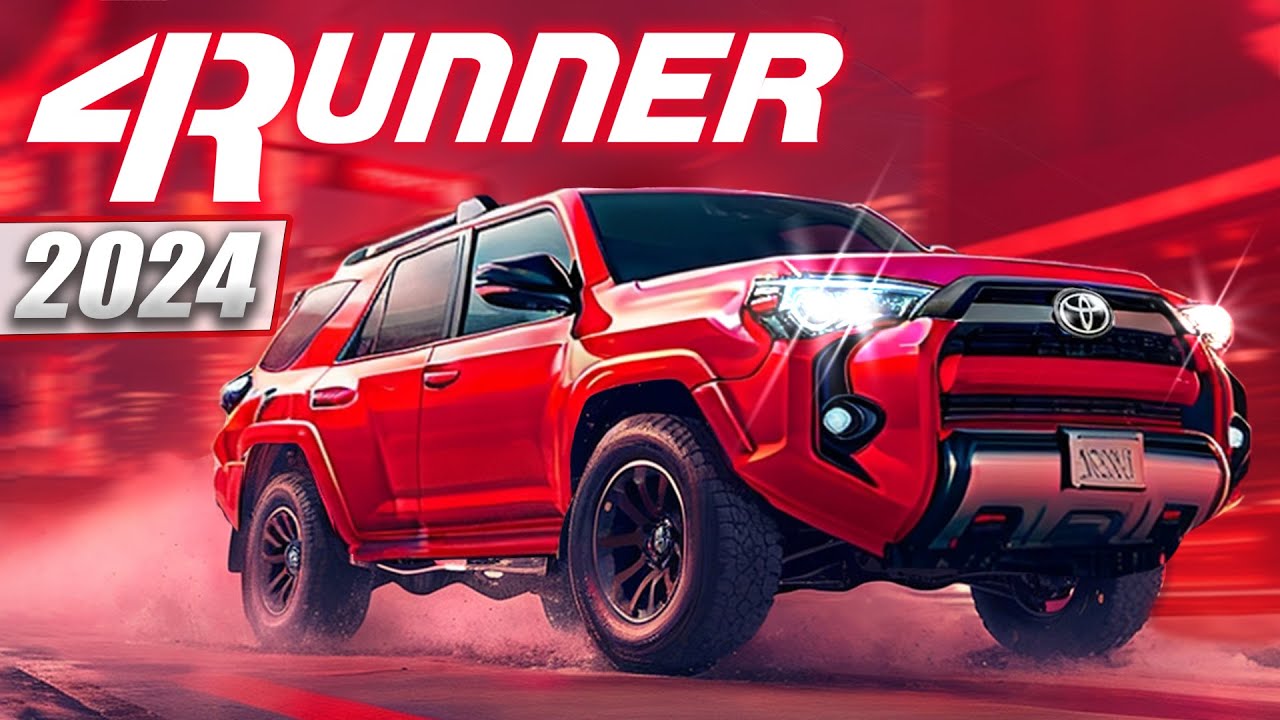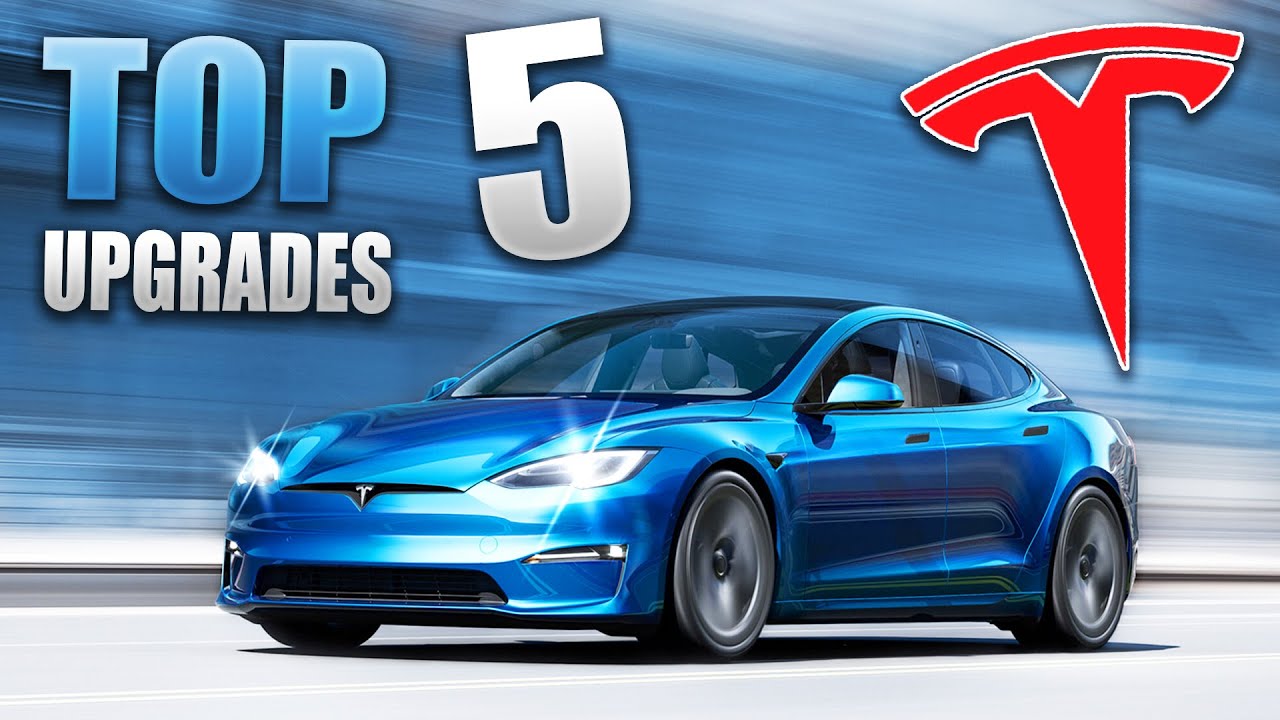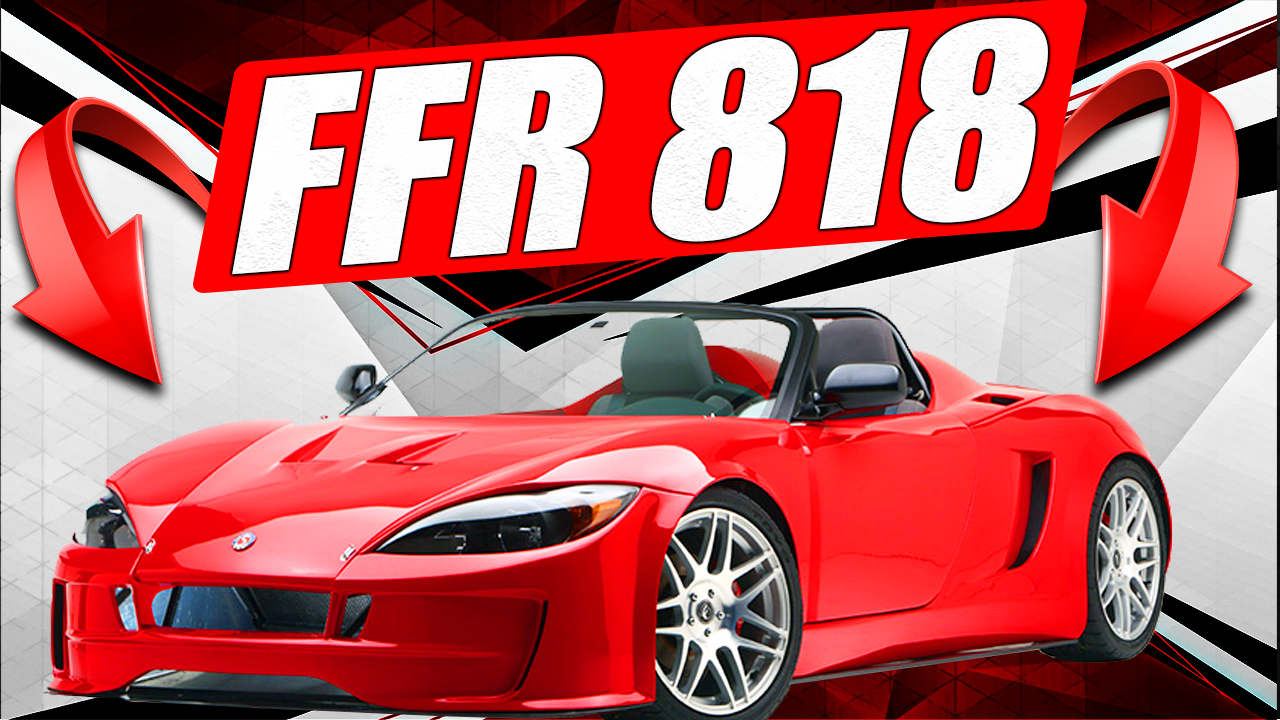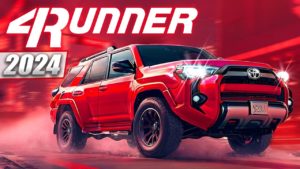When it comes to the automotive industry, few buyers are as loyal as truck buyers. Within some families, you can go back multiple generations, and all have owned the same brand of trucks. Ford, GM, and Dodge have been fierce crosstown rivals for over 100 years. However, in the past thirty or so years, Toyota has been able to carve out its own niche as the domestics upsized the compact trucks to ⅞ the size of a full-size truck.
The Toyota Tacoma’s niche equals about a quarter of a million sales every year! The Tacoma kicked the Ford Ranger’s butt so bad that Ford stopped producing the Ranger for years. However, with their recent re-release of the Ranger and the arrival of the new hybrid Maverick, Ford is eager to regain its position as the compact truck leader. In fact, a lot of their new buyers are coming from Toyota. Sure, some were Ford buyers originally, but Toyota is finding that many were not.
So, how does Ford’s answer to Toyota’s Tacoma stack up? And how does Toyota’s new hybrid answer the challenge?
Ford broke the compact truck market down into two; one for traditional truck uses and the other for urban uses. The Ford Maverick aims to ignite a new fight in the urban truck segment. The Maverick is the first hybrid compact truck to enter the market. Roughly about a foot shorter than the Ranger, the Maverick is a unibody-based truck meant for more daily functionality than traditional body-on-frame designs.
But don’t think this compromises the abilities of the Maverick at all; this truck is still very capable. It comes standard with a 2.5-liter hybrid powertrain and is all about efficiency and functionality. With almost 40 MPG combined, the Maverick is a strong competitor that establishes what a hybrid truck can and cannot do. So, how does Toyota answer the call?
While Toyota may have prioritized the hybrids of its other models, the time has come for Tacoma’s treatment. Toyota has been slow to release details of its new Tacoma, hoping to keep competitors guessing. Still, we now have more information on its design, power, and pricing.
Toyota has decided not to split the market up into two like Ford. The new truck will feature body-on-frame architecture shared with the Tundra and Sequoia, bringing more refinement and performance than the outgoing model.
The most significant change to the upcoming 2024 Tacoma will be the availability of a hybrid powertrain. Toyota has confirmed its plans to use the i-Force Max system in the next-gen Tacoma, which will be available on the legendary TRD Pro models. The i-Force Max is Toyota’s 5th generation hybrid system, with the early Prius’ being the first. Interestingly, the hybrid option will be associated only with the TRD or Toyota Racing Development package. Could Toyota be looking toward the performance aspects of having a secondary power system available instead of fuel efficiency?
While Toyota has confirmed the new Tacoma will be available with an i-Force Max powertrain, details are few as to which engine will be used. In the full-size Tundra i-Force Max, Toyota uses a 3.5-liter twin-turbo V6 and an electric motor to produce a healthy 437 hp and monstrous 583 lb-ft of torque.
The Tacoma, being smaller and typically used for lighter loads, may take advantage of Toyota’s other i-Force Max system found in the new Crown. The 2.4-liter four-cylinder makes about 340 hp and 400 lb-ft of torque, both hardy numbers for a small truck. Especially compared to the Maverick’s 190 horsepower and 155 pound-feet of torque.
Although the current Tacoma is one of the last trucks available with a manual transmission, we wouldn’t be surprised if this next generation is automatic only. Powertrain combinations are currently unknown but expect Toyota to offer this hybrid powertrain with all-wheel drive… A direct blow to the front wheel-drive only hybrid Maverick.
The only way to get all-wheel drive with the Maverick is to change powertrains to the 2.0-liter gas engine and pony up a bunch of cash. But we are here to talk about hybrids. So, enough of that.
If you are keeping track, the Tacoma has more power, but the Maverick will most likely have better fuel economy.
The Tacoma and Maverick are available with several performance packages to improve off-road performance and on-road toughness. In typical Ford fashion, they identify a market segment, let’s say “Urban buyers.” Then they offer packages for something the vehicle isn’t designed for. Let’s say offroad. Now you have a Maverick designed for urban owners, competing with your Ranger meant for off-road adventures. But regardless, in 2023, the Maverick receives the Tremor treatment, which adds more ground clearance, skid plates, and some colored accents on the exterior.
Likewise, Toyota is introducing a new trim line for the upcoming Tacoma called “Trailhunter.” This new trim prioritizes overlanding capabilities and functionality with camping accessories to make their way to the Toyota dealership add-on market.
Expect TRD trims to remain off-road focused with varying levels of capability. Perhaps, Toyota plans to turn the top-of-the-line TRD Pro into a full-on Ranger Raptor challenger, complete with the Tundra’s 3.5 i-Force Max system and focused off-road suspension upgrades. Now, that would be something special!
There are currently no details on what the interior of the new Tacoma will look like; however, much like its exterior, we expect it to draw inspiration from the larger Tundra. We look forward to finding a bigger screen than the current 8.0-inch infotainment and might even see the Tundra’s massive 14.0″ display. We expect to see Apple CarPlay and Android Auto as standard equipment along with new features. We anticipate Toyota will incorporate its slew of safety equipment, coined Toyota Sense 3.0, into the new Tacoma.
On the other hand, the Ford Maverick has been out for years, and its interior is well known. Ford advertises it as a 5 seater, but it really is a four-seater. Many thoughtful designs within the Maverick illustrate that the interior design team took the time to live with the design and figure out how people will actually use the truck. Large cup holders, easy-to-reach buttons, and lots of storage. The front-wheel drive, unibody construction means getting in and out is easy. There are multiple interior options, from cloth to leather and regular features. Being a hybrid means that Ford was able to put multiple 110-volt plugs in the truck, which could be a plus on long road trips.
Both of these vehicles have full-size siblings. We do not expect any awe-inspiring new features to be introduced. As all second-born kids know, if you show up your older sibling too often, you might get put back in your place…
At this point, the winner of the interior comes down to the buyer’s use. Those looking for more of a truck feel will lean toward the Tacoma. At the same time, the more refined buyers will enjoy the Maverick’s interior.
A similar theme is anticipated for the ride quality. As more people continue to switch out sedans for family-duty trucks, the Maverick’s unibody construction should provide great daily comfort. A lower seating position and less ground clearance make the Maverick feel more car-like than any other truck on the market. Its smaller dimensions allow easy city maneuvering, car-like handling characteristics, and good fuel economy.
On the other side of things, you have the Tacoma. We anticipate improvements in the ride quality (not that it’s a slouch). However, it is still a body-on-frame construction with a solid rear axle. In addition, the next generation Tacoma will feature Toyota’s new large frame platform, which may result in a softer urban feel, but we don’t anticipate the same turning radius or handling as the Maverick.
Buyers are blessed with a great selection of vehicles when looking for a light-duty, family-friendly pickup truck. The legendary Tacoma is due for a redesign which should bring it to modern standards with new fuel-efficient powertrains, improved on and off–road capabilities, and increased functionality. While a few details are known about the 2024 Toyota Tacoma, it is evident that it won’t be revolutionary like the Maverick.
When it comes to understanding the truck market, Ford has a long history of making good decisions (we are only talking about trucks here.) Their two-prong approach to the compact truck market is a brilliant decision. Covid has taught us that we don’t necessarily need to live in big cities, but it has also shown us that while most people don’t need a truck, there are times when a pickup bed would really help. This is where the blend of a car and truck comes into play.
Excellent ride quality, lots of functionality, and easy on the wallet. The Ford Maverick is the least expensive model in the Blue Oval’s lineup, at just under $23,000. But the Maverick packs a lot of punch for its size. It may not be suitable for people looking for a true truck.
The towing is limited for the hybrid, the ground clearance is low, and the overall power leaves something to be desired. But Ford addresses this with the Ranger. We fully expect Tacoma to be a solid new addition to the market. We are excited to see what the powertrain ends up as. The new Tacoma’s 340 to 440 horsepower potential means it could be a blast to drive and offer class-leading towing and payload. As usual, we expect the ride to be suitable for a comfortable truck interior.
To answer the question we posed at the start of this video, we do not believe that many Ford Maverick buyers will be moving to the new Tacoma. The buyer type is different, and they should speak to different people. While we do see Tacoma buyers looking for something more refined and still moving over to the Maverick. So, in that regard, we are anticipating Toyota to fall short.
Now a Ranger to Tacoma comparison would be interesting…
